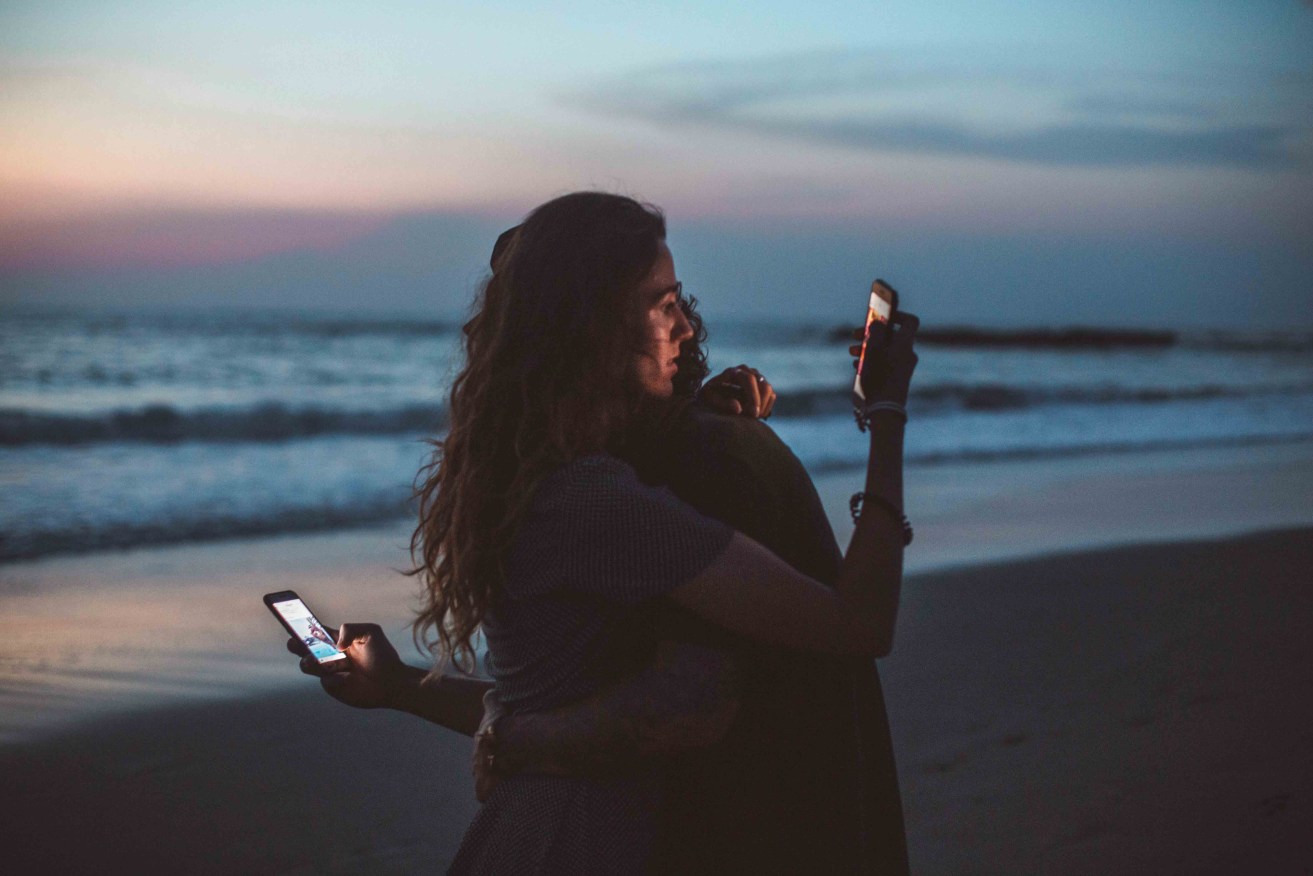Ali Clarke: When you’re part of the body image problem
Manipulated social media images are fuelling widespread body dissatisfaction among young Australians. Ali Clarke examines her own behaviour and comes up with a plan to change.


Ali Clarke asks whether a parent's social media image is sending the wrong signal to children. File image: Pexels
Have you ever had a moment where you worked out that you are absolutely part of the problem?
I did on that rainy Thursday night last week, whilst sitting next to my daughter in the Palace Nova cinemas.
I’d been asked to do a Q&A with Taryn Brumfitt after the Adelaide premiere of her new documentary EMBRACE: KIDS and I thought it would be a good opportunity to open a conversation between me and my tween.
So there we sat, nestling a large popcorn and sharing a drink, tentatively ready to learn more about this thing we casually call ‘Body Image’, yet often have such a hard time living with.
And there it was: the perfect illustration and discussion about social media and the way we are presented with people’s best sides, as we live with our own reality.
It’s nothing new. When I was growing up, all we had to look at were supermodels and celebrities on magazine covers or TV ads. Today, the people whose images are everywhere are, supposedly, from “next door”. Perhaps vainly, yet mostly in vain, we try to keep up with them.
Back then, we kind of knew it was unattainable.
Sure, it didn’t stop us from buying the lipstick they were hawking or trying some juice diet until we caved into a pile of potato chips, but there was a clearer delineation between the haves and the have-nots.
Now, the ease at which our bodies and faces can be altered, sometimes dramatically, is breathtaking. Watching Embrace Kids, it was hard not to feel anger that with just a few clicks on your back pocket phone, someone can look completely different.
How have we got here?
How have we got to the point where, when asked, ‘do you get very distressed or preoccupied by any specific aspect of your physical appearance?’, 77% of our 16-25 year-olds are saying yes?
There are so many answers to these questions.
Along with cultural and societal norms, and a lack of diversity in thinking, marketing and selling, the push of unhappiness is a spending driver for big conglomerates.
It’s nuanced, but what was so clearly obvious as I watched how easy it is for people to manipulative images of their true selves, is that there are some obvious things I need to change.
I’ve had a horrendous relationship with my body for years.
Years.
It began with an early life focused on competitive swimming with public skin fold tests (where they pinch-measure your fat in seven places on your body to give you the magic number which tells you if you are skinny enough to swim fast), and continued with always being spoken about as ‘the big girl’ in the class, school or group.
I didn’t fit into the clothes on the racks (back then they didn’t have extra long jeans!). I registered, overtly and subconsciously, that I was different to everyone else.
If I only knew that everyone would catch up to my height in high school and I would become proud of the strength and power in my broad shoulders.
A number of you reading this may write off these feelings as the ultimate navel gazing exercise, which of course might seem ironic considering looking at my navel is the LAST way I want to spend my time.
I get it: unless you’ve been through it, unless you have ever had cause to doubt yourself, it can be really tricky to fully understand and empathise with the invasiveness of a poor, or distorted, self-image.
I have this discussion with my husband quite regularly because, even though he has never said nor done anything to make me, our children, nor others feel ‘less than’, as someone who still has a washboard stomach at the age of nearly 50, he struggles to understand how one’s physical being can be tied so emphatically with one’s emotional welfare.
But let me tell you on behalf of those who might be happy for me to bring this up: it’s challenging, it’s embarrassing to own and, when it’s serious, it can be a psychological illness where the thoughts come unbidden, unwanted and are certainly not about getting attention.
So when Aussie data published just last year show that more than 40% of 12-14 year-old girls and boys have experienced moderate or clinically significant body dissatisfaction, what the hell do we do?
The Embrace message, nudging us to embrace our bodies, is all about celebrating diversity, focusing on the functionality of our bodies, and being kind to ourselves and others whilst also focusing on real role models.
That is something we can all do, and now – thank goodness – there is a growing realisation that this should be a priority.
For me personally?
I’ve decided to be the best role model I can be for my daughter (and other children) and will continue to talk to her, as well as we both can, about these issues.
As she also sees me posting on social media when I’m glammed up (normally for a work function or role), from now on, I’m going to include the before shots, instead of just the curated and polished ones.
This might not be a big deal to anyone but her, but if it takes away even one minute of doubt about how incredible she is, then it’s worth being vulnerable enough to show the world how I really look – every lump, bump and grey hair.
There are resources you can draw on if having conversations like this at theembracehub.com
You can also speak to the Butterfly Foundation helpline on 1800 33 4673
EMBRACE: KIDS is showing in cinemas now.




